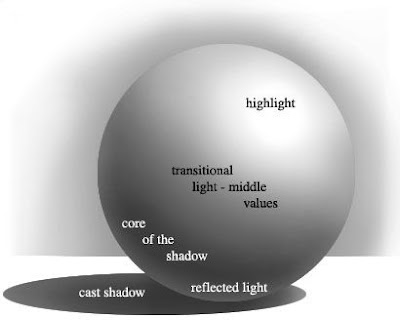lunes, 28 de septiembre de 2015
jueves, 24 de septiembre de 2015
PERSISTENCE OF VISION
Persistence of vision is the commonly used term to describe the optical illusion whereby multiple discrete images blend into a single image in the human mind and believed to be the explanation for motion perception in cinema and animated films. (WIKIPEDIA)

Once we have done a digital one, we´ll start working on paper.
Persistence of vision is still the accepted term for this phenomenon in the realm of cinema history and theory.
A frame rate of less than 16 frames per second (frame/s) caused the mind to see flashing images. Audiences still interpret motion at rates as low as ten frames per second or slower (as in a flipbook),
Modern film runs at 24 frames a second.
We are going to work on Flipbooks in order to get motion out to still images.
Let´s try one using this site.
Once we have done a digital one, we´ll start working on paper.
domingo, 20 de septiembre de 2015
Op Art
 |
| Movement in Squares, by Bridget Riley 1961 |
Op art works are abstract, with many better known pieces in black and white. Typically, they give the viewer the impression of movement, hidden images, flashing and vibrating patterns, or of swelling or warping.
Op art is a perceptual experience related to how vision functions. It is a dynamic visual art that stems from a discordant figure-ground relationship that puts the two planes—foreground and background—in a tense and contradictory juxtaposition. Artists create op art in two primary ways. The first, best known method, is to create effects through pattern and line. Often these paintings are black-and-white. (Wikipedia)
The video bellow is a good example of what we are going to work on.
Have a look at this video in order to know how to use colored pencils.
Suscribirse a:
Entradas (Atom)

